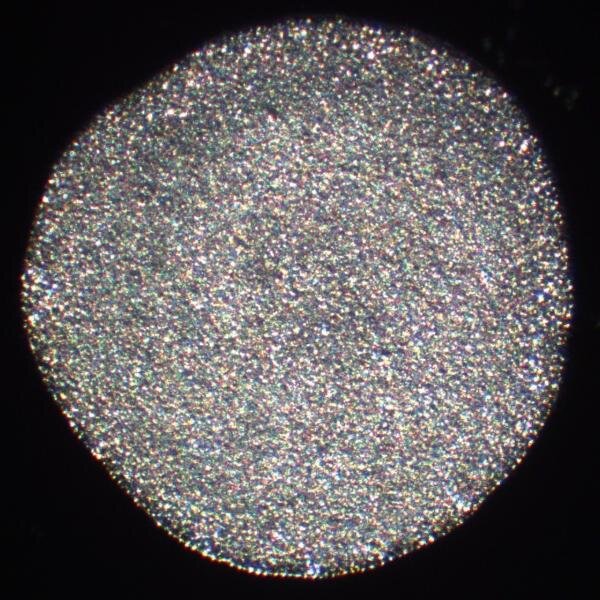Traces of DNA in the stomachs of predatory snails provide new insights into the ecology of placozoans
Date: 12.4.2024
Due to their diminutive size and inconspicuousness, placozoans are challenging to study in their natural environments. To gain a better insight into the ecology of the animals, the researchers exploited the fact that small shell-less sea slugs from the Rhodopidae family feed on placozoans.
 Placozoans are among the simplest animals and occur worldwide in coastal waters. It was previously assumed that the tiny creatures, which measure just a few millimeters, live either on hard surfaces – such as rocks, corals, and mangrove roots – or float in open coastal waters as so-called "swarmer" stages.
Placozoans are among the simplest animals and occur worldwide in coastal waters. It was previously assumed that the tiny creatures, which measure just a few millimeters, live either on hard surfaces – such as rocks, corals, and mangrove roots – or float in open coastal waters as so-called "swarmer" stages.
Through analysis of DNA traces in the stomachs of predatory sea slugs, a team led by LMU geobiologist Professor Gert Wörheide has demonstrated that the animals also live in the seabed sediment, a habitat they were previously thought not to colonize. In addition, they are more genetically diverse than had been known, as the researchers report in the journal Ecology and Evolution.
With their flat, disk-shaped bodies, all placozoans worldwide look strikingly similar. Nevertheless, Wörheide and his team were already able to demonstrate in previous studies that there are huge genetic differences between them. "These differences are comparable with those between humans and mice," emphasizes the geobiologist.
Image source: Hans-Jürgen Osigus, Stiftung Tierärztliche Hochschule Hannover.























